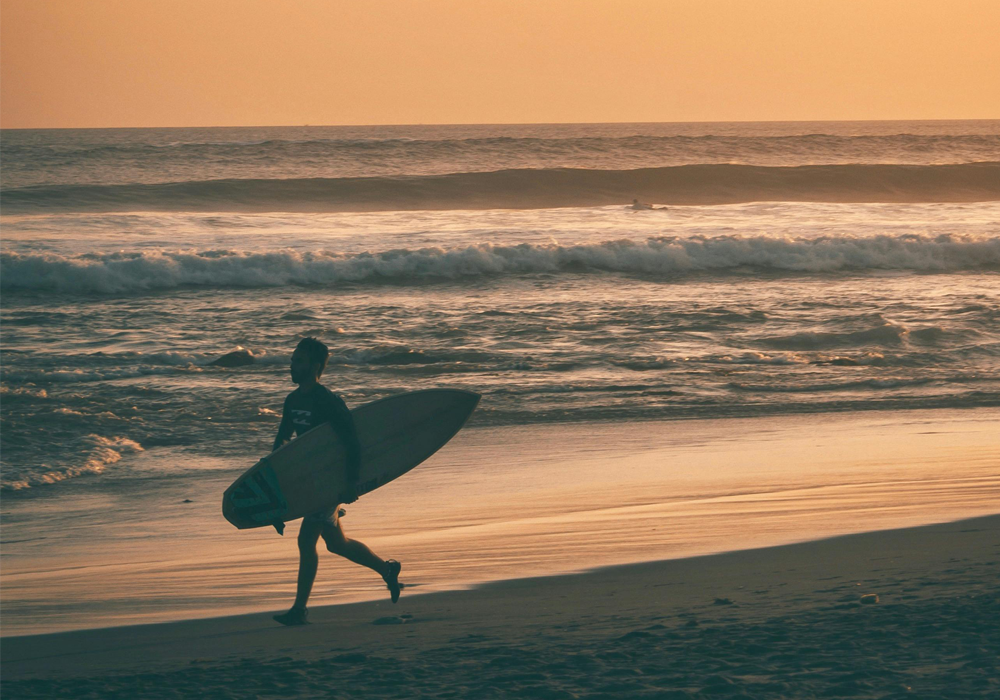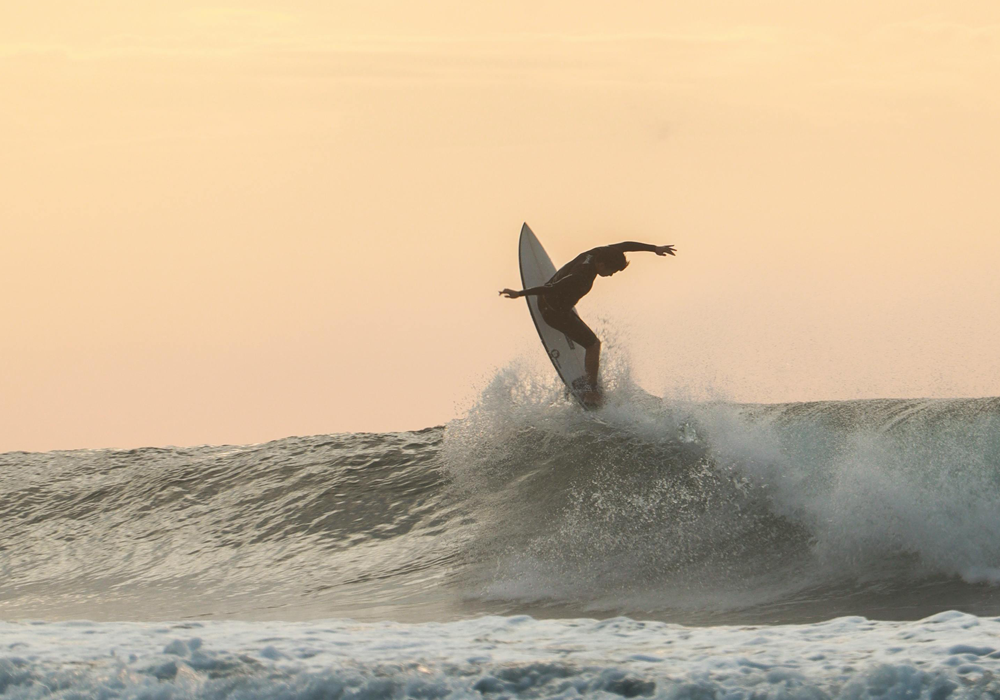High Tide or Low Tide. Let’s talk about the eternal battle between high tide and low tide surfing, specifically at Batu Bolong. It’s a debate as old as the ocean itself, and just as salty.
High Tide: The Gentle Giant
Imagine the ocean as a moody teenager. Sometimes it’s calm and collected, and other times it’s a raging beast. High tide at Batu Bolong is when the ocean is feeling its most chill. The water level is higher, so the waves tend to be a bit more forgiving. They’re often bigger, but they also tend to be a bit more mellow.
Why you might like high tide at Batu Bolong:
- Beginner-friendly: If you’re just starting out, high tide can be a great time to learn. The waves are a bit more gentle, and you’ll have a little more water to play around in.
- More consistent waves: High tide often brings more consistent waves, especially at reef breaks like Batu Bolong. This means you’ll have more opportunities to catch a ride.
- Less crowded: While it can get crowded at popular surf spots, high tide can sometimes be less crowded than low tide, especially early in the morning or late in the afternoon.
But, there’s a catch:
- Less defined waves: High tide can sometimes make the waves a bit more mushy, especially at beach breaks. While Batu Bolong is a reef break, the extra water can sometimes flatten out the wave faces.
- More current: The increased water level can create stronger currents, which can be challenging for beginners.
Low Tide: The Wild Child
Low tide at Batu Bolong is when the ocean is feeling its most rebellious. The water level is lower, so the waves tend to be more powerful and hollow. This can create some amazing surfing opportunities, but it can also be dangerous.
Why you might like low tide at Batu Bolong:
- More powerful waves: Low tide can produce some of the most powerful and exciting waves at Batu Bolong. The reef is closer to the surface, creating more defined and hollow waves.
- More defined waves: The lower water level can create more defined waves, especially at reef breaks like Batu Bolong. This means cleaner lines and sharper peaks.
But, there’s a catch:
- More dangerous: Low tide can be more dangerous, especially at reef breaks like Batu Bolong. The rocks and coral are closer to the surface, so it’s easy to get injured.
- Less water: The lower water level can make it difficult to paddle out and catch waves, especially for beginners.
- More crowded: Low tide is often the most popular time to surf, so you’ll have to deal with more crowds.
So, which is better, high tide or low tide at Batu Bolong?
It really depends on your skill level and what you’re looking for. If you’re a beginner, high tide is probably a better option. The waves are more forgiving and there’s less risk of injury. However, if you’re an experienced surfer looking for powerful, hollow waves, low tide is the way to go.


